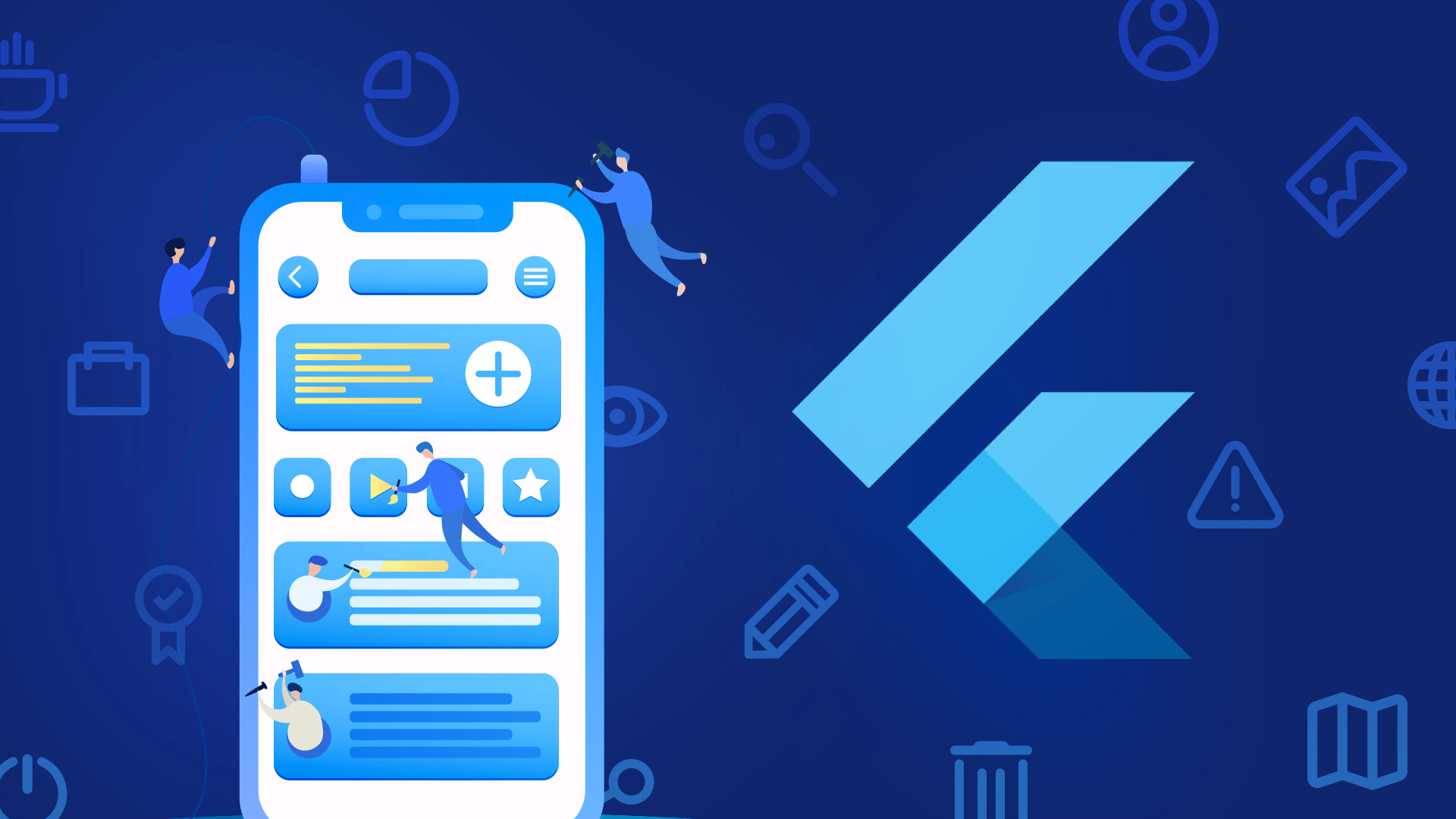Flutter is a strong and well-known system for creating cross-stage versatile applications. With its rich elements, usability, and lively local area support, Flutter has acquired critical consideration in the mobile app development landscape. In this article, we will investigate what Flutter Mobile app Development is, its advantages, how to get everything rolling, its engineering, and UI improvement.
Introduction to Flutter mobile app development
The Flutter mobile app development process has emerged as one of the most crucial facets of the digital world. As a result, businesses and individuals are constantly looking for efficient ways to build high-quality mobile apps that can run on multiple platforms. Flutter comes into play as a solution to this challenge by offering a framework allowing developers to build beautiful and performant apps for iOS and Android platforms using a single codebase.
Flutter, an open-source UI software development kit (SDK), provides a comprehensive framework for developing mobile applications with a rich set of pre-designed widgets, tools, and libraries. In addition, flutter uses the google Dart programming language, which is optimized for building user interfaces. With Flutter Mobile App Development, one can write code once and deploy it on multiple platforms, significantly saving time and cost.
Advantages of Flutter
- Fast development: Flutter's "hot reload" feature lets developers see the changes in real-time, speeding up the development process.
- Cross-platform: Flutter apps are written once and run natively on iOS and Android platforms, reducing the need for separate development teams.
- High performance: Flutter apps are compiled to native code, ensuring smooth and fast performance.
- Native-like experience: Flutter's widgets are designed to mimic native components, giving users a seamless and familiar experience across different platforms.
- Strong community support: Flutter has a vibrant and active community, offering extensive documentation, libraries, and packages.
Rolling with Flutter
To start developing Flutter
apps, you need to set up your development environment. Follow these steps:
- Install Flutter: Download and install the Flutter SDK from the official Flutter website.
- Set up IDE: Choose an Integrated Development Environment (IDE) such as Visual Studio Code or Android Studio. Install the necessary plugins for Flutter and Dart.
- Create a new project: Use the Flutter CLI or IDE to create a new Flutter project.
- Run the app: Connect a device or emulator and run the app using the Flutter CLI or IDE.
Flutter Widget Tree
At the core of Flutter's architecture is the concept of a widget tree. These are the building blocks of Flutter apps, representing the various user interface elements. The widget tree is a definite structure that defines the layout and behavior of the app.
In Flutter, everything is a widget, from buttons and text fields to entire screens. Widgets can be classified into two types: stateful and stateless.
- Stateless widgets are used for building UI components that don't change over time, such as static text or icons. These are immutable and don't have any internal state.
- Stateful widgets, on the other hand, can hold mutable states. They are used for components that need to update and respond to user interactions or changes in the app's data.
The widget tree represents the composition of widgets in the app. Each widget has a parent-child relationship, forming a tree-like structure. When a widget's state changes, only the affected widgets in the tree are rebuilt, resulting in efficient UI updates.
Flutter UI development
Flutter provides rich tools and libraries for creating stunning user interfaces. Let's explore some key aspects of Flutter UI development.
Material Design and Cupertino
Flutter supports Material Design, the design language developed by Google, and Cupertino, the design language of iOS. This allows developers to create apps with a perfect look and feel on both platforms.
With Flutter's widgets, you can easily implement Material Design components like buttons, cards, and navigation drawers. Similarly, you can use Cupertino widgets to build iOS-specific UI elements such as navigation and tab bars. In addition, flutter's UI flexibility allows developers to customize the appearance and behavior of these components to match their app's unique style.
Building UI components
FlutterFlow also offers pre-built widgets that can be combined and customized to create complex UI components. These widgets handle user interactions, display data, and manage layout.
For example, the Container widget is a versatile widget that can be used to create boxes with customizable properties like size, padding, and color. The ListView widget allows you to display a scrollable list of items, and the TextField widget provides an input field for user input.
Hot reload feature
Using this, developers can experiment, iterate, and fine-tune the UI in real time. Whether it's adjusting the layout, updating text, or applying style changes, hot reload provides instant feedback, making the development experience highly productive and interactive.
